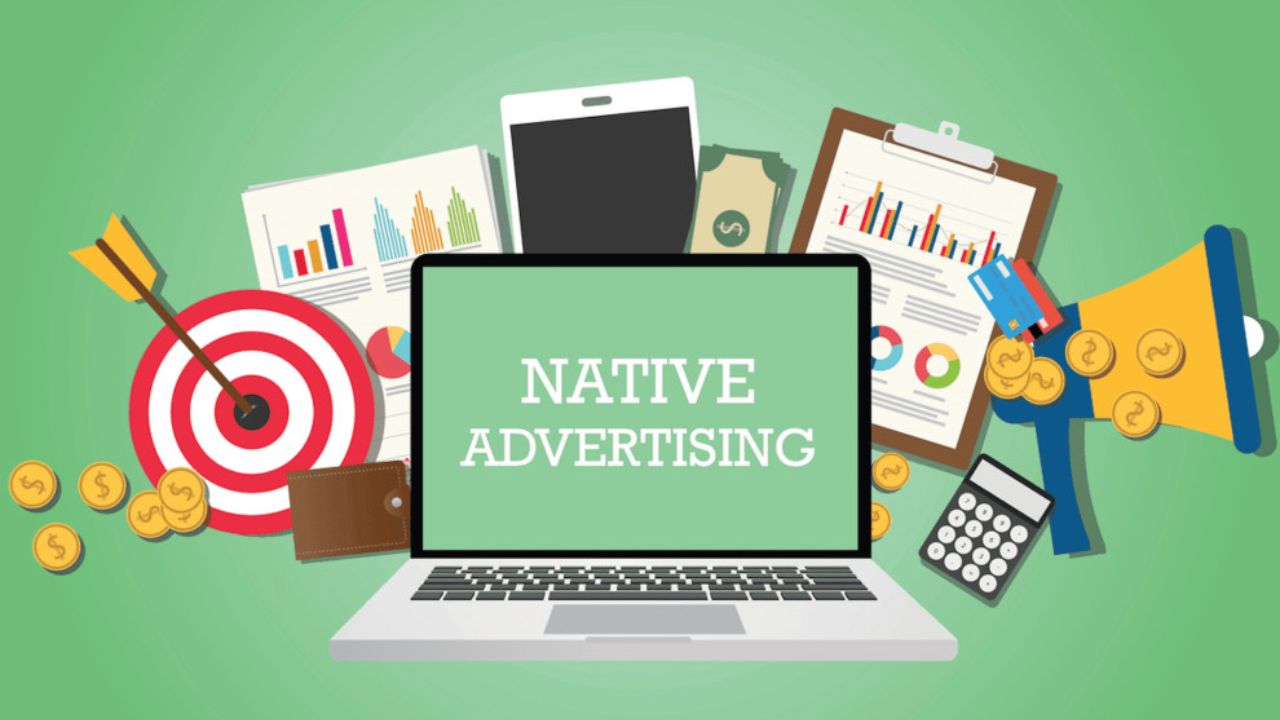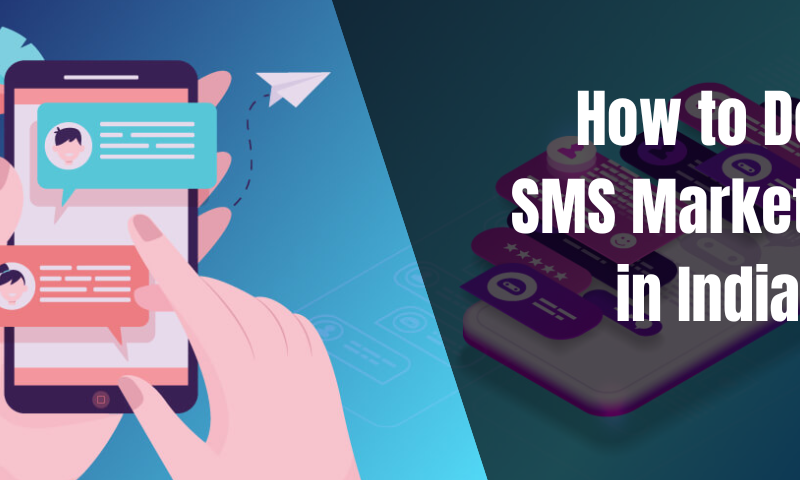
What is Native Advertising? Ultimate Guide
As online digital advertising continues to advance, it becomes even more difficult for brands to use ads that build their target audience’s trust. Consumers, especially younger generations, are extremely critical of direct advertising and consciously choose not to interact with it. Native advertising provides an alternative that combines advertising and content together to create a seamless and natural format of digital ad.
Started a decade ago, native advertising is a term used to describe a format of digital ad that mimics the look, feel, and function of the platform they appear on. It is mostly found on social media and is meant to mirror the appearance of regular content on an app or website and thus do not appear as an ad at first glance.
Though there are some people of native ads who term this as “tricking” users into thinking they are engaging with non-advert content. However, well done native advertising is non-disruptive but not deceptive either. Ultimately the end goal of a native advertisement is to fit into the natural flow of a social timeline or web page layout while exposing audiences to paid content.
Many native advertising agencies prefer native advertising to traditional social ads specifically because they don’t abruptly take readers away from the experience they are already enjoying.
A tactic that supports performance marketing, native ads work in terms of supply and demand. On the supply side are publishers, with an audience and reach, looking to monetize their sites. On the demand side are advertisers looking to reach an audience and hit goals around awareness, sales, or lead generation. When a user visits a website with ad space, a publisher’s supply-side platform (SSP) sends a bid request to a demand-side platform (DSP) which sends back an advertiser’s bid and metadata metrics. The advertiser with the winning bid has their ad shown to the user.
These types of ads are capable of providing a great opportunity for creative exposure. Advertisers can be sure that users already enjoy the format in which the ad will be presented. Recommendation widgets and in-feed commerce are popular native advertising options, but advertisers also have the option of using the method to distribute creative, customized in-app content.
Typically, it’s not easy to spot a native ad. At the very core of native ads is the concept of placing ads in a relevant and unobstructive context where they natively fit. Native advertising is most likely created to look just like all other articles and pieces of content around it, and especially in cases where the goal is brand awareness, one may not see some of the common words that consumers are accustomed to seeing in advertisements.
Types of Native Advertising
There are various types of native advertisements that marketers need to know of before employing the right one. Let’s have a look:
In-Feed Units:
In-feed units promote sponsored content within a publication’s natural index of articles. In addition to seeing original content as part of a stream or gallery, readers see sponsored content from advertisers. The content is marked as sponsored, but it blends into the publisher’s native experience.
Paid Search Units:
Paid search ads are like promoted listings except the listings appear at the top of customer search results. They’re used both for search engine marketing and within search results for individual domains. The terms “promoted listing” and “paid search ad” often overlap depending on the publisher.
Recommendation Widgets:
At the end of many articles, readers often see widgets with a heading that says “Recommended for You” or “You May Also Like…”. These widgets are called content recommendation engines. They allow brands to leverage the audiences of major publishers to drive traffic back to their websites. Content recommendation widgets are good for publishers that want to increase their audience or for brands using content marketing for lead generation. The key for advertisers is to develop relationships with the kinds of publishers that can actually drive traffic back to advertiser websites.
Promoted Listings:
Promoted listings are used by e-commerce sites to feature sponsored products first, generally on a category page. In addition to getting brands to the front of the line, promoted listings are getting more cost effective, too. There are sellers like eBay who no longer charge customers for promoted listings until the listing generates a sale.
Native Elements:
This type of native advertising looks just like any other ad one might see online. It may be seen in an ad container or banner. What makes them native, however, is that they’re contextually relevant to the site they appear on and the content they appear next to.
Custom:
Owing to the speed of technological change and the potential for publisher partnerships, this type leaves the door open for a range of possibilities



